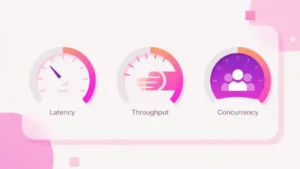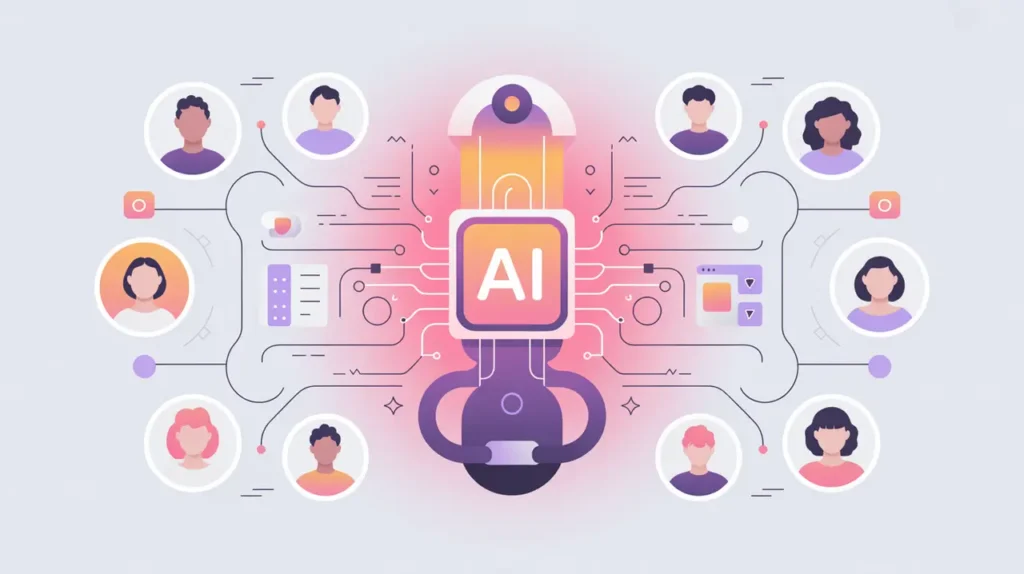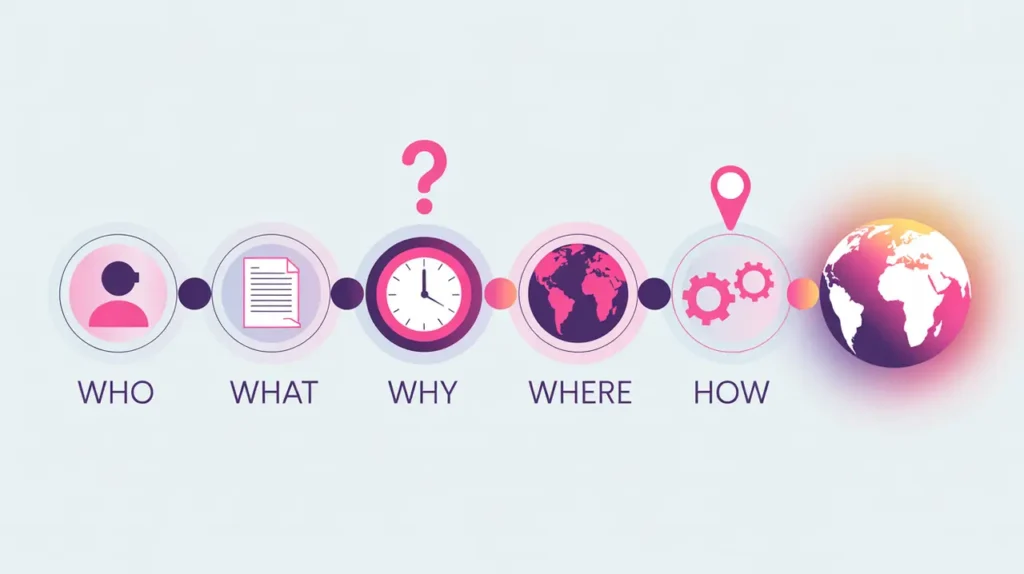Importance of Logic Models and Outcome Mapping
Logic Models and Outcome Mapping are planning and evaluation tools that help organizations connect activities to desired results and track change over time. Logic models provide structured, linear pathways from inputs and activities to outputs, outcomes, and impact. Outcome mapping, by contrast, emphasizes behavioral change in stakeholders and the broader system. Their importance today lies in offering practical tools to navigate the complexity of AI and digital interventions, where impact is not always direct or linear.
For social innovation and international development, these frameworks matter because they help mission-driven organizations design, monitor, and adapt technology-enabled programs in ways that remain grounded in accountability and community benefit.
Definition and Key Features
Logic models are widely used in philanthropy, government, and nonprofit sectors to visualize cause-and-effect pathways. Outcome mapping, introduced by IDRC in the early 2000s, expands this by focusing on “boundary partners” and the changes in their actions, relationships, and practices. Together, these tools provide complementary perspectives: one structural, the other relational.
They are not the same as theories of change, which articulate broader assumptions and long-term goals. Nor are they equivalent to performance dashboards, which track metrics but may lack explanatory depth. Logic models and outcome mapping emphasize planning, learning, and reflection.
How this Works in Practice
In practice, a health program using AI diagnostics might apply a logic model to map resources (training datasets, infrastructure) to outputs (diagnostic results) and outcomes (improved patient care). Outcome mapping would complement this by tracking how doctors and patients change their behaviors in response to the AI tool. In education, a logic model for an adaptive platform might chart outputs like improved student engagement, while outcome mapping would examine how teachers incorporate AI insights into pedagogy.
Challenges include oversimplification in logic models, which may not capture systemic complexity, and the resource intensity of outcome mapping, which requires sustained engagement with stakeholders. Combining both approaches helps balance structure with flexibility.
Implications for Social Innovators
Logic models and outcome mapping enhance impact planning across mission-driven sectors. Health programs can use them to clarify how AI improves service delivery and to observe shifts in provider-patient interactions. Education initiatives can design learning platforms with clear causal pathways while monitoring how schools adapt. Humanitarian agencies can track both logistical outcomes and changes in community participation when adopting digital aid systems. Civil society groups often use these tools to evaluate advocacy and accountability strategies.
By integrating logic models and outcome mapping, organizations strengthen both the clarity and adaptability of their AI-enabled interventions, ensuring accountability while embracing complexity.







